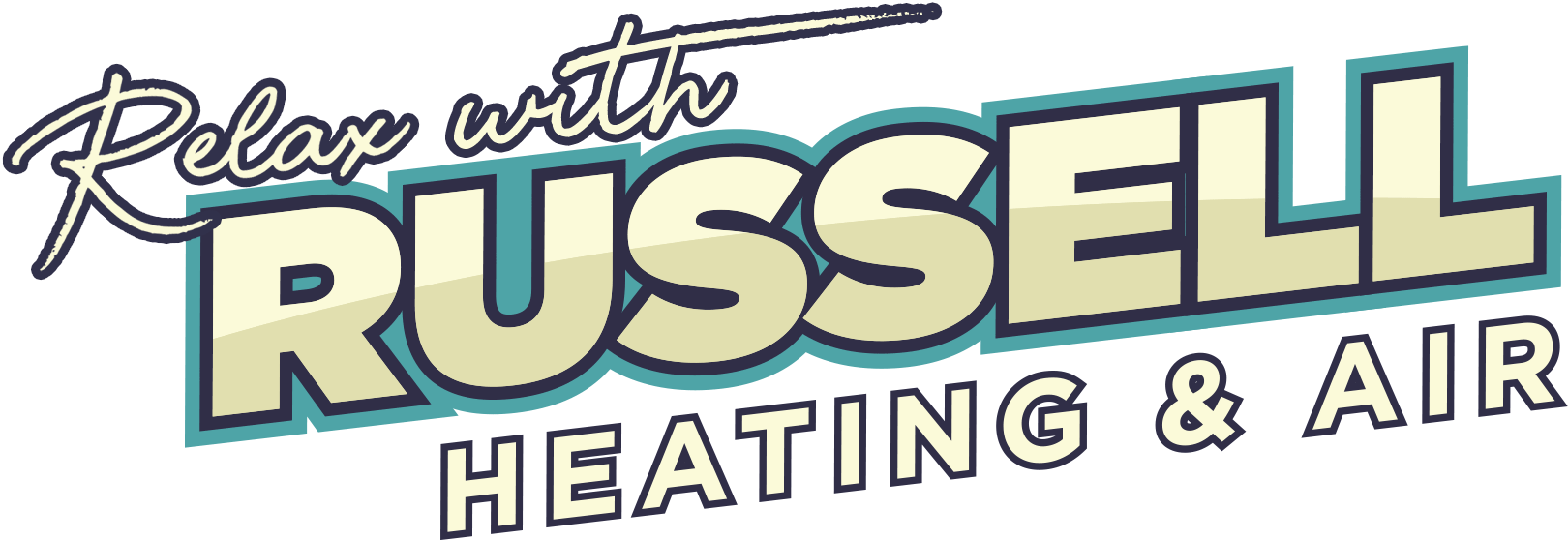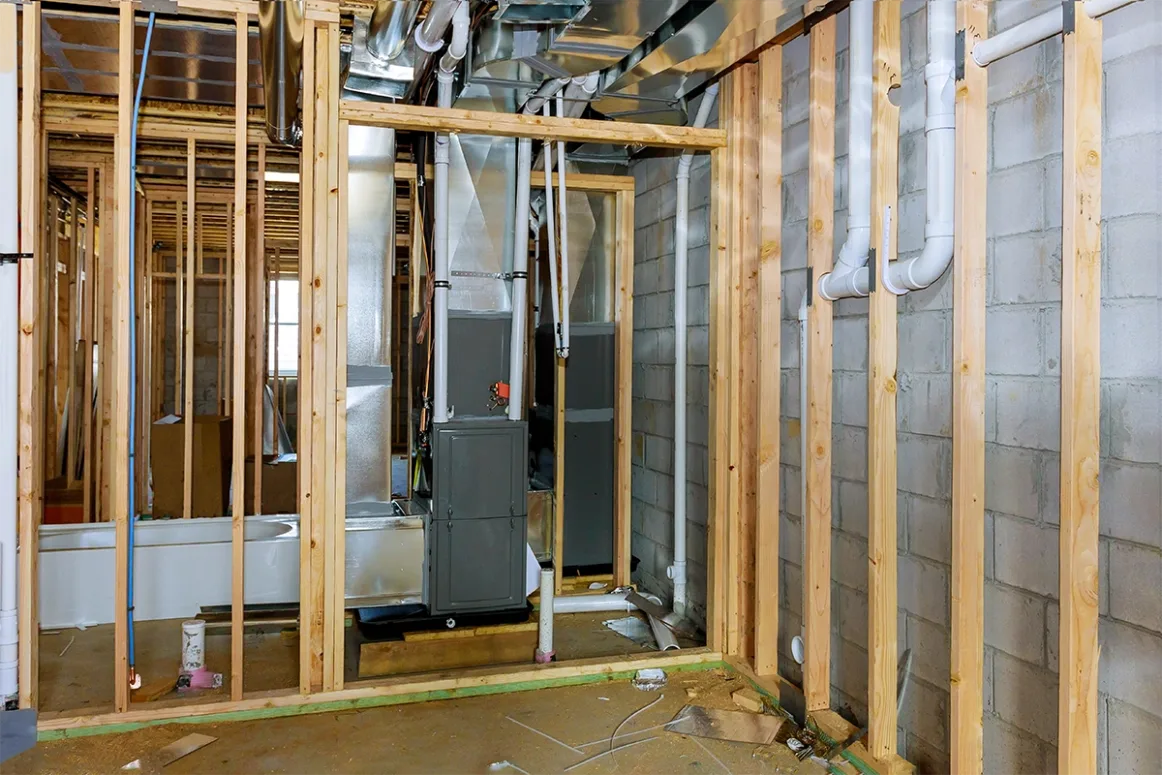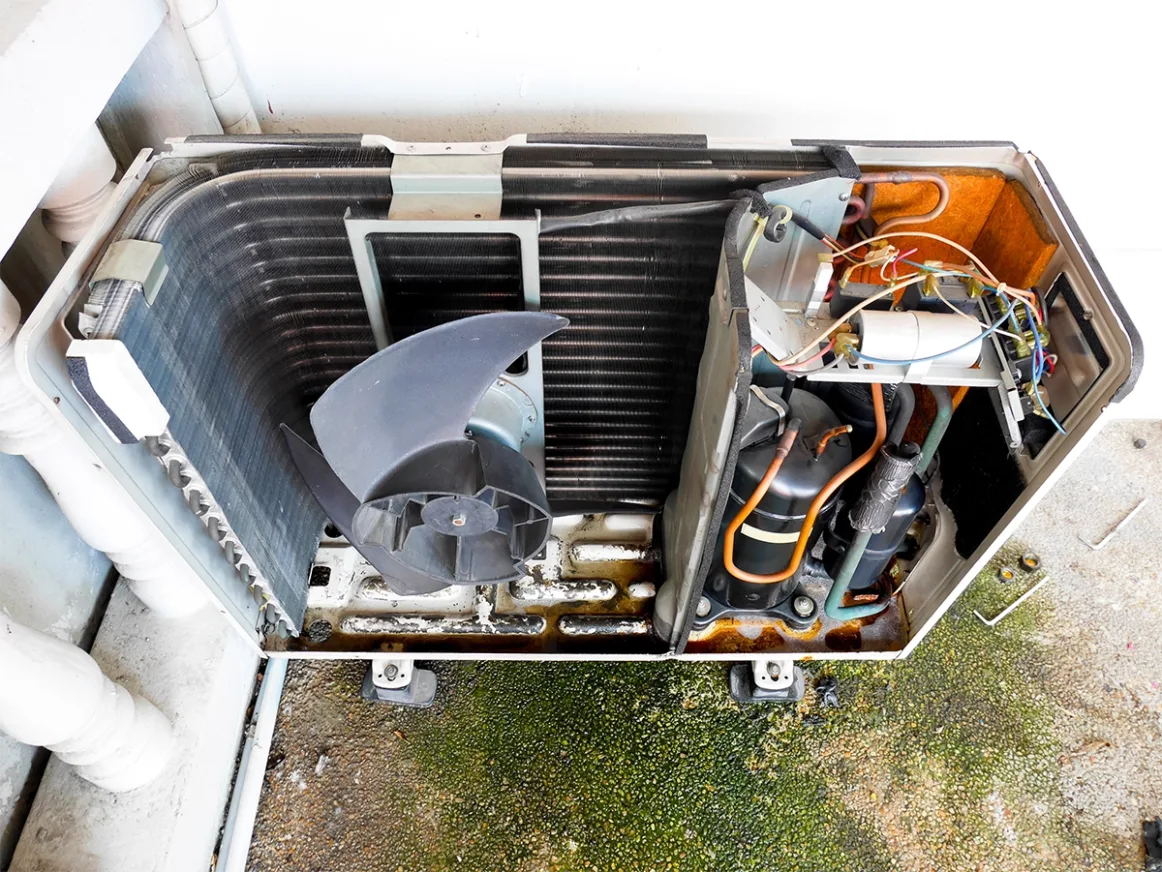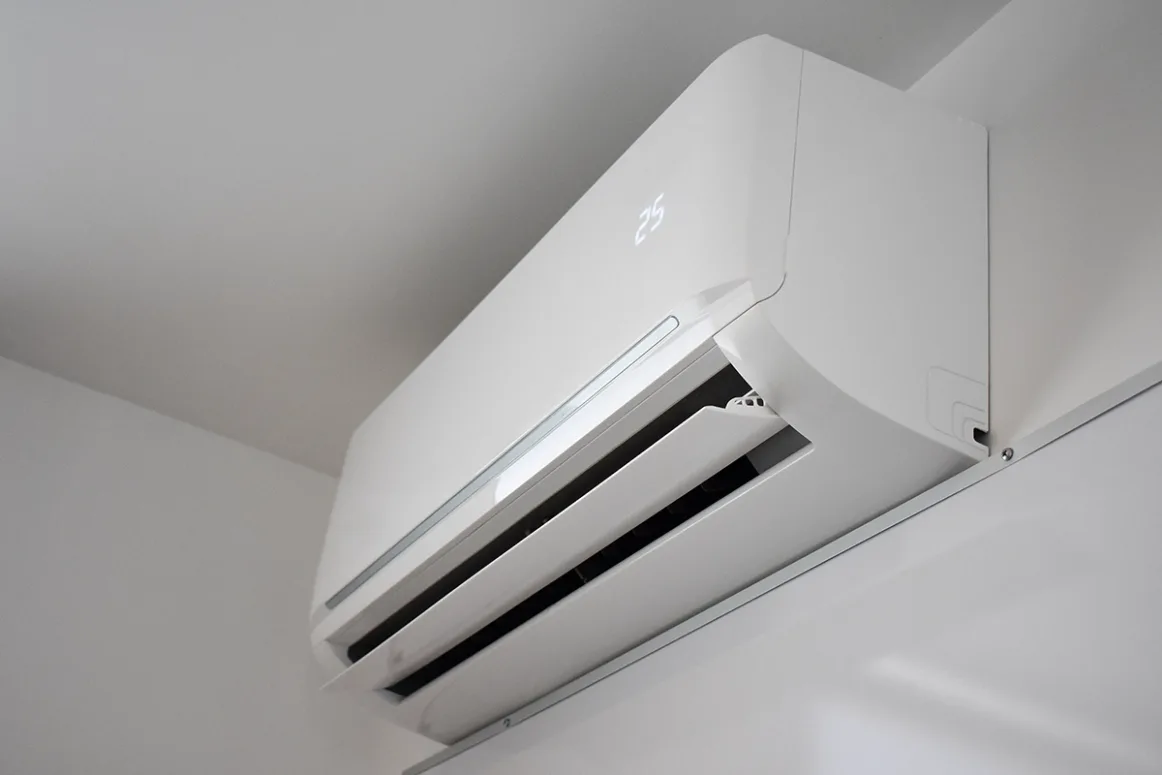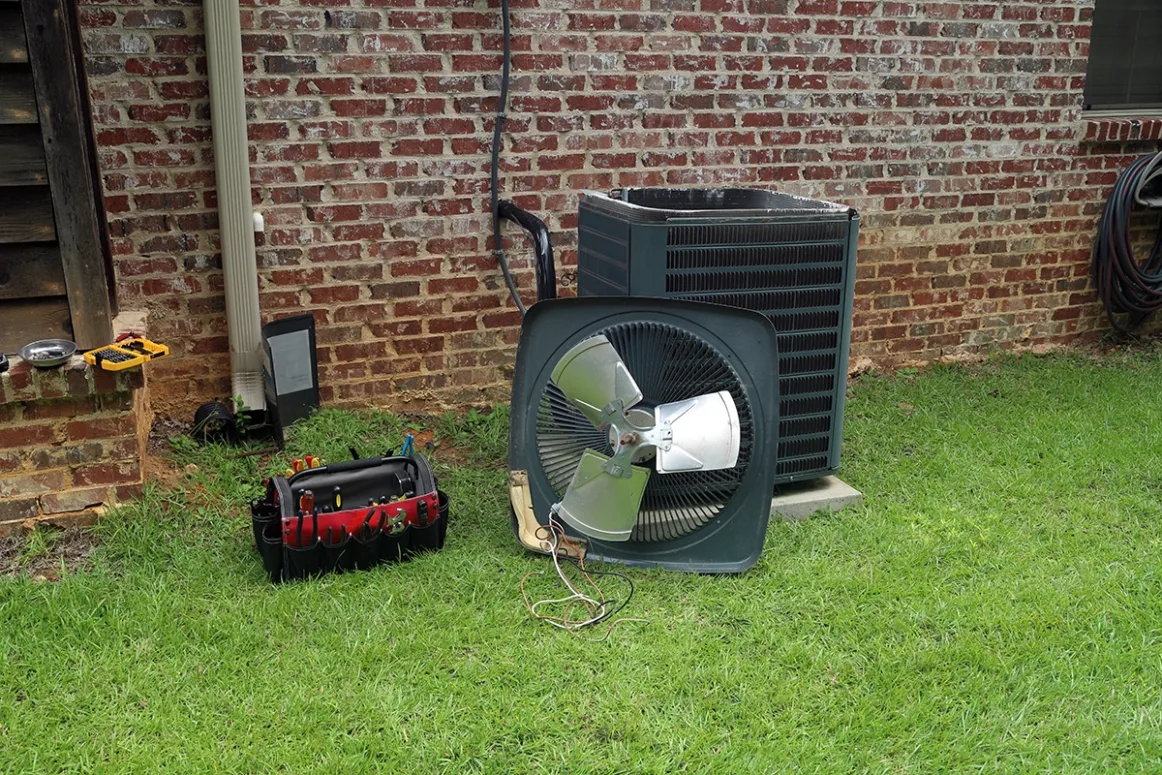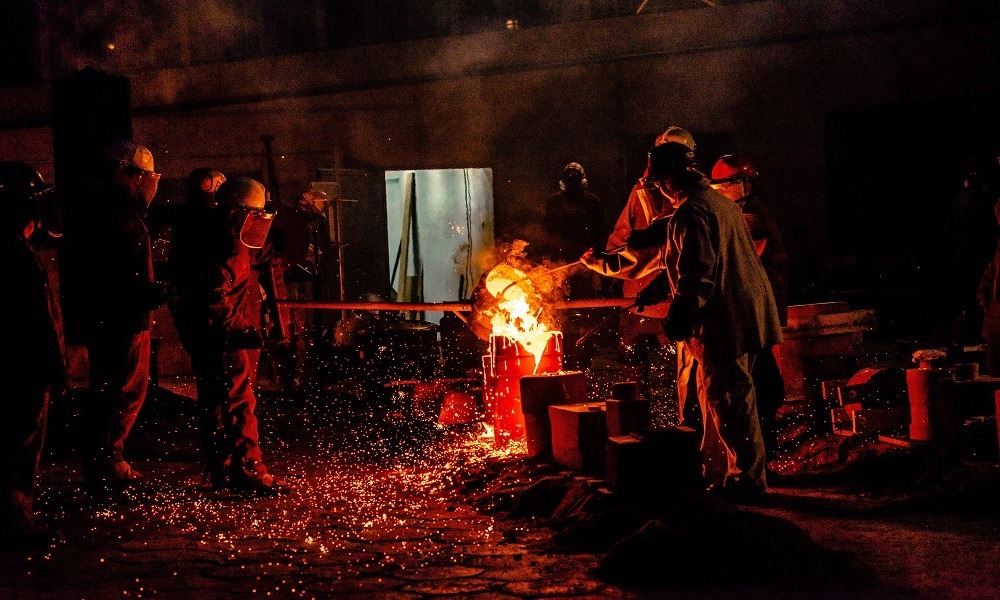
12 Ultimate Fall Furnace Maintenance Checklist
Homeowners usually only think about furnace maintenance when the fall season arrives or when something goes wrong. Following a few basic maintenance procedures can help you prepare for the cold weather and pay enormous dividends in comfort, efficiency, safety, and preventing the hassle of mechanical breakdowns. Before the winter season hits, performing maintenance checks on your furnace can reduce your heating bills and avoid expensive HVAC service calls. Neglecting furnace maintenance can result in HVAC system failures, leaving you in the cold. Here are twelve steps in your Furnace Maintenance Checklist.
Before performing any furnace maintenance, it is essential to turn off the furnace to protect yourself from any potentially fatal electrical or mechanical accidents. Also be sure to cut the fuel supply. Typically, a furnace’s electrical control switch is red. The fuel supply valve will be present near the oil tank or gas pipe.
THE ULTIMATE FURNACE MAINTENANCE CHECKLIST:
- Replace Your Air Filter. Air filters screen out airborne particles and dust and improve the air quality circulating inside your home. If your furnace is not working efficiently or working hard to pull air through the system due to a dirty air filter, it will use much more energy than necessary, and you will end up with a huge utility bill. Your air quality will also suffer. Changing your air filter is recommended every one to three months, depending on the season.Replacing the air filter is fast, simple, and inexpensive, but installing the correct air filter is critical. Before you buy a new air filter, be sure you are purchasing the right one for your furnace by reviewing your owner’s manual or the filter currently installed. When you remove the old air filter, check for the indication of the airflow direction. The airflow direction shows the correct way to install the new air filter. You may want to mark the airflow direction on the furnace for future new filter installations.
- Examine and clean heating ducts and chimneys. The accumulation of debris in your home’s air ducts can reduce furnace efficiency and impact air quality. It will also drive up your heating bills and put additional stress on your HVAC system. Carefully inspect the ducts and clean out any dust, mold, or other obstructions. Check to see if any holes, dents, or cracks need to be repaired. Ensure that the vents are correctly aligned, dirt-free, and all the elements are securely connected.This is also a good time to think about your fireplace chimney. If there is soot built up or birds are nesting in your chimney, this can create health hazards and efficiency issues. You may need to call in a professional chimney sweep if you suspect there are any problems.
- Seal air leaks. In addition to checking for and repairing leaking ducts, you can protect against air leaks by ensuring your warm air is not escaping through other types of cracks and gaps. Check for and replace any disintegrated or cracking weather stripping around doors, gaps around the chimney, windows, and plumbing lines. Plugging these leaks can help you save 10% or more on your energy bill.
- Ensure air vents are clear. Clogged or obstructed air vents can make your furnace work harder, increasing the system temperature and causing a fire risk. It will also raise your energy bill. Check your vents to ensure that plants, toys, furniture, or boxes are not blocking the airflow. This is a critical part of your furnace maintenance checklist that is very easy to do.
- Inspect the flue pipe. The furnace flue pipe is a cylindrical attachment coming out of the top of your furnace unit. Conduct an extensive assessment of this pipe, especially where the line meets the furnace, to identify any cracks, holes, or leaks that may be present. The hazardous gases produced by your furnace combustion leave your home through this pipe, so it is essential that it be working correctly. You do not want to risk these gases entering your home and putting your family in danger.If you find any minor cracks or holes, you can seal them with tape for a short term solution. If the gaps or holes are significant, you may need to replace it with a new flue pipe. If you don’t feel completely confident doing this on your own, contact an HVAC professional to do the work and ensure your family’s safety.
- Change your ceiling fans to rotate in a clockwise direction. Reversing the ceiling fans to run in a clockwise direction helps draw cold air up and pushes warm air down. This will aid in distributing the warm air that has risen toward the ceiling. When the weather warms up, you should change the direction back again. This is another simple step in your fall furnace maintenance checklist.
- Clean the floor vents and windows. Though cleaning can feel tedious, it is vital to ensure the floor vents are free of dirt, dust, and debris to keep them from becoming dirty too quickly. This also aids in consistent furnace performance. Wipe off any dust and dirt settled on the windows. This will let the winter sunshine in so you can take advantage of the heat from the sun. Doing this helps warm your home and saves a little bit on your energy bill.
- Winterize your air conditioning unit. Cover or remove and store any window unit air conditioners. Consider a cover for your outdoor air conditioning unit to protect it from the elements while it is not in use. (Just be sure to remove the cover before the temperatures begin rising again.) Winterizing the A/C unit could save you costly repair bills when spring arrives.
- Perform regular quarterly maintenance. Furnace service should be performed regularly, about every three months for better performance, enhanced efficiency, and improved air quality. Call an HVAC technician for a furnace check-up to keep your system working effectively through the winter.
- Check gas or oil connections and heat exchanger. Improper oil or gas connections may lead to fire hazards and safety concerns. A cracked heat exchanger may be working but is inefficient and unsafe. This can lead to low performance of the furnace and eventually a breakdown. If you see any areas of concern, contact an HVAC service pro immediately for help.
- Reset your programmable thermostat. If you have a programmable thermostat, it’s time to reset it to lower temperatures for the winter season. This saves energy and reduces your energy bill every month. Make sure the thermostat is working as expected while completing your furnace maintenance checklist.
- Get an HVAC tune-up every year. Most furnace manufacturers recommend getting an annual tune-up. It is essential for improved performance, increased efficiency, and fewer furnace malfunctions. Your local HVAC repair company will be there to help you with this final but essential step in your home’s furnace maintenance checklist.
Before you get started on the fall furnace maintenance checklist, keep safety in mind. Maintaining safe working conditions is critical as you will be working around electricity and gas. An abundance of caution is advised. If you follow the suggestions in this furnace maintenance checklist, you should be all set for a warm and safe winter season. Contact us if you need help!
Latest articles
July 11, 2025
July 11, 2025
